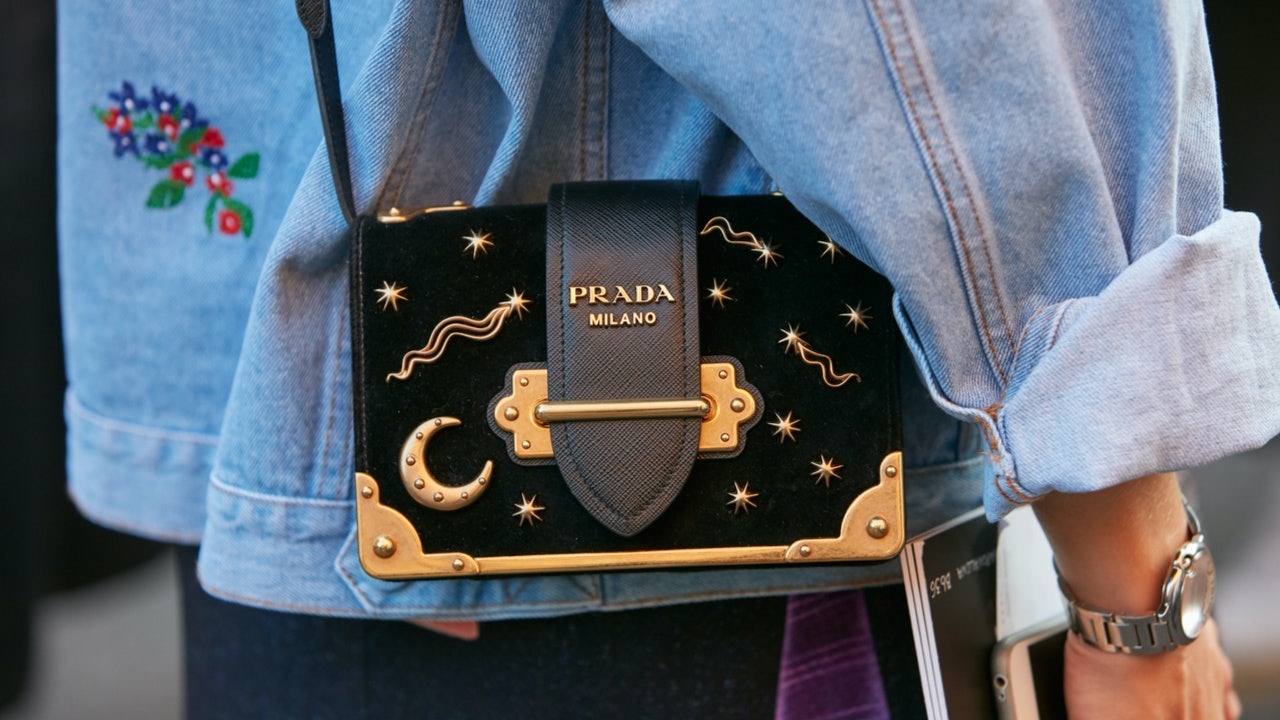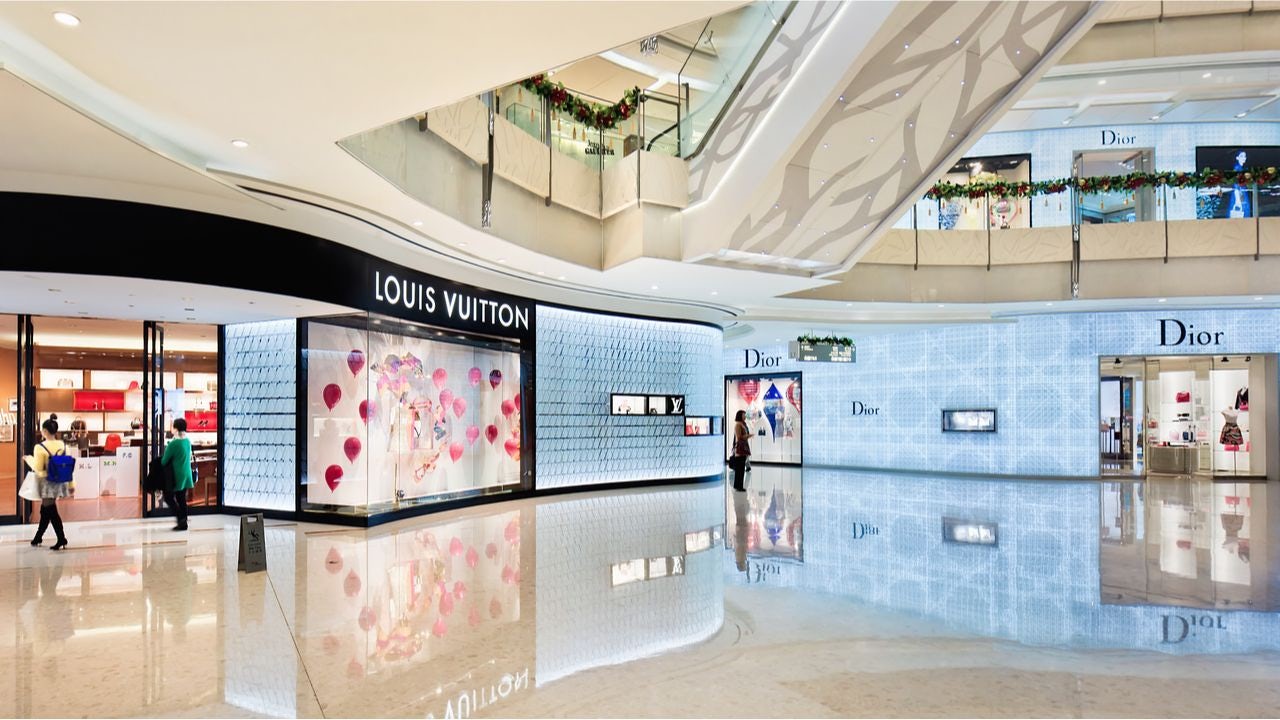The retail world continues to be concerned about Chinese consumer spending power as implications of the trade war lingers and China’s economy remains steady at 6% growth. But McKinsey & Company, the global management consulting firm, is here to tell you that there’s nothing to worry about.
Although retail sales growth has slowed, China’s consumer confidence index had hit a 10-year-high of 126 points in February 2019, though by November 2019, it was reported at 124.6 by the National Bureau of Statistics of China.
Moreover, the total sales from China’s 2019 Singles’ Day hit a record-shattering 410 billion yuan (58 billion), which was up by 31% compared to that of 2018, according to McKinsey.
Here, Jing Daily summarizes three major takeaways from the 20-page report, which was published last month based on the analysis of 5,400 respondents from 44 Chinese cities.
Young, free spenders are today’s growth engine#
China’s young digital natives who reside predominantly in tier-2 and tier-3 Chinese cities have become retail’s growth engine. This spending trend in the luxury sector parallels the overall outlook, according to Daniel Zipser, McKinsey’s senior partner and co-author of the report, who adds: “The shoppers born in the 1980s are by far the largest group of spenders on luxury.
The percentage of upper aspirant and mass affluent households in lower-tier cities are now in line with what the proportion was in high-tier cities five years ago, according to McKinsey. A few example cities in the report include Yancheng in the Jiangsu Province and Mianyang and Zigong in the Sichuan Province.
One reason is that they are hit less hard by the economic slowdown compared to their counterparts in metropolises like Shanghai, Beijing, and Guangzhou. They also tend to hesitate less about spending because they are less concerned about the rising cost of living, the report states.
Many Chinese consumers are getting savvy#
As growth in disposable income slows and consumption expenditure rises, many Chinese consumers are becoming discerning, savvy, and more frugal, according to the report. McKinsey highlights three additional consumer segments: (1) busy and affluent discerning consumers, (2) savvy shoppers, who are likely to be married females living in tier-1 cities and have time to compare products, and (3) young and single frugal consumers.
Luxury brands may not find this trend so relevant, but they should take note of young consumers’ growing sophistication. “When you go back in time, Chinese luxury consumers only care about brands. But today, savvy consumers focus more on fabrics and design,” Zipser said, adding “that it’s no longer enough for brands just to be foreign and famous.”
High-end Chinese brands are increasingly appealing#
While the report indicates that many consumers preferred Chinese brands over foreign ones for staple items like fresh food and household appliances, the preference has been expanded to more expensive premium products this year, the report discovers.
The results are also nuanced when comparing respondents from different locations. When it comes to spending 8,000-20,000 yuan for a jacket, the report indicates that French and American brands are in the lead by a small margin for consumers from tier-1 and tier-2 cities. But consumers in tier-3 and tier-4 cities have a clear preference for Chinese brands over Western ones.
Consumers are also developing a taste for carefully crafted clothes by homegrown designers like Ms MIN, Ming Ma and Angel Chen, which now appear alongside top Western brands in China’s luxury department stores, according to the report. And despite the increased popularity for Chinese fashion, Zipser said that he has seen more successful cases in the premium beauty market. “Chinese brands are reaching the more premier end of category,” he said. “But it will take a much longer time for them to get to luxury fashion.”

